Scientific name Pyrethrum Rank Genus | Higher classification Daisy family | |
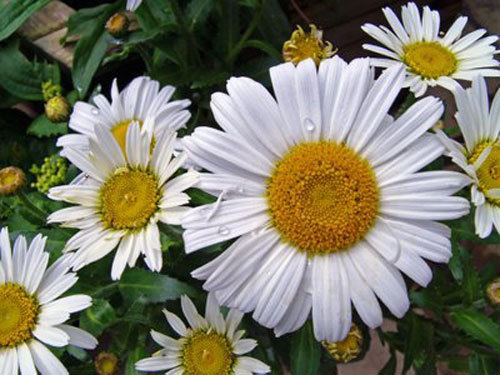 | ||
Similar | ||
Pyrethrum was a genus of several Old World plants now classified as Chrysanthemum or Tanacetum (e.g., C. coccineum) which are cultivated as ornamentals for their showy flower heads. Pyrethrum continues to be used as a common name for plants formerly included in the genus Pyrethrum. Pyrethrum is also the name of a natural insecticide made from the dried flower heads of Chrysanthemum cinerariifolium and Chrysanthemum coccineum.
Contents
- Pyrethrum daisy seeds chrysanthemum cinerariifolium pyrethrum flower herb seeds on www myseeds co
- Description
- Sprays
- Toxicity
- Companion planting
- Common names
- References

Pyrethrum daisy seeds chrysanthemum cinerariifolium pyrethrum flower herb seeds on www myseeds co
Description
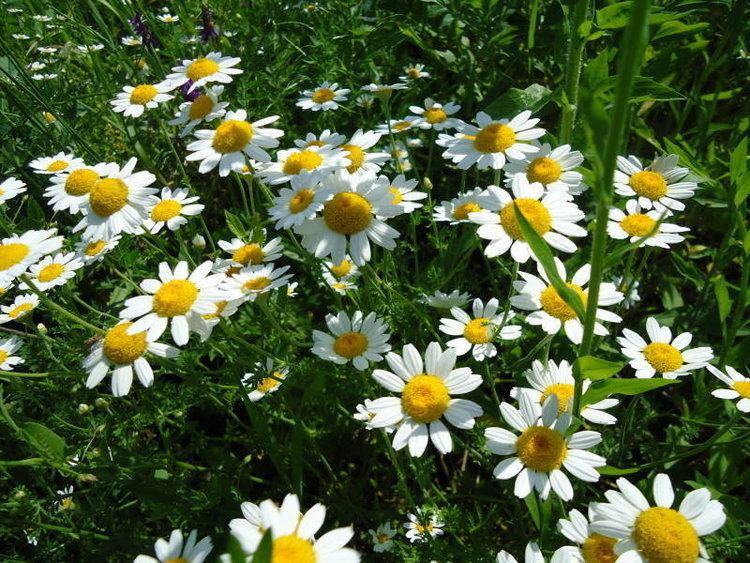
Some members of the Chrysanthemum genus, such as the following two, are placed in the Tanacetum genus instead by some botanists. Both genera are members of the daisy (or aster) family, Asteraceae. They are all perennial plants with a daisy-like appearance and white petals.
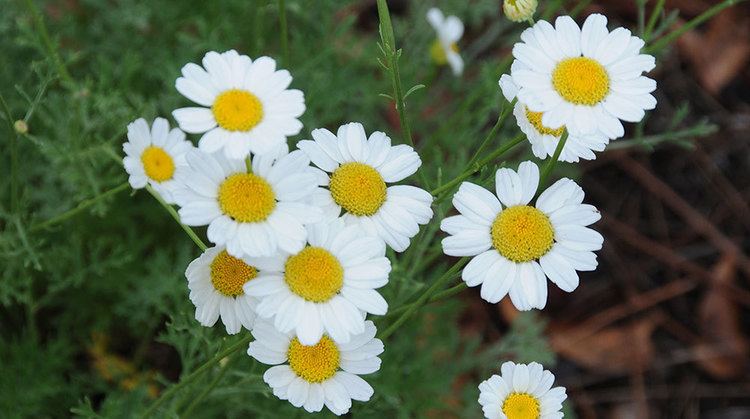
Sprays
Pyrethrum has been used for centuries as an insecticide, and as a lice remedy in the Middle East (Persian powder, also known as "Persian pellitory"). It was sold worldwide under the brand Zacherlin by Austrian industrialist J. Zacherl. It is one of the most commonly used non-synthetic insecticides allowed in certified organic agriculture.
The flowers should be dried and then crushed and mixed with water.
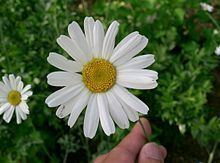
Toxicity
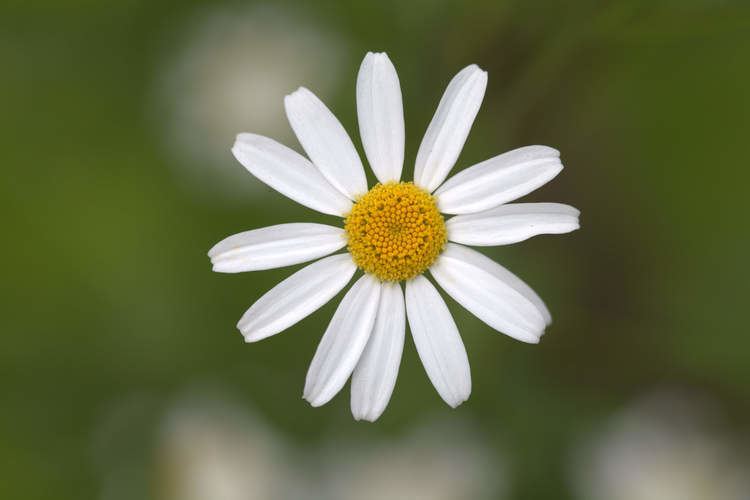
Rat and rabbit LD50 levels for pyrethrum are high (safe), with doses in some cases of about 1% of the animal's body weight required to cause significant mortality similar to levels in synthetic pyrethroids. Nevertheless, pyrethrum should be handled with the same caution as synthetic insecticides.
People can be exposed to pyrethrum as a mixture of cinerin, jasmolin, and pyrethrin in the workplace by breathing it in, getting it in the eyes or on the skin, or swallowing it. The Occupational Safety and Health Administration (OSHA) has set the legal limit (Permissible exposure limit) for pyrethrum exposure in the workplace as 5 mg/m3 over an 8-hour workday. The National Institute for Occupational Safety and Health (NIOSH) has set a Recommended exposure limit (REL) of 5 mg/m3 over an 8-hour workday. At levels of 5000 mg/m3, pyrethrum is immediately dangerous to life and health. People exposed to pyrethrum may experience symptoms including pruritus (itching), dermatitis, papules, erythema (red skin), rhinorrhea (runny nose), sneezing, and asthma.
Companion planting
Because chrysanthemums contain pyrethrums, they are used as companion plants to repel pest insects from nearby crops and ornamental plants. They are thought to repel aphids, bed bugs (Cimex lectularius), leafhoppers, spider mites, harlequin bugs, ticks, pickleworms, and imported cabbage worms, among others, in gardens and farms. For example, they are planted among broccoli plants for protection from several common insect pests.
Common names
Common names for Chrysanthemum cinerariifolium include:
Common names for Chrysanthemum coccineum include:
